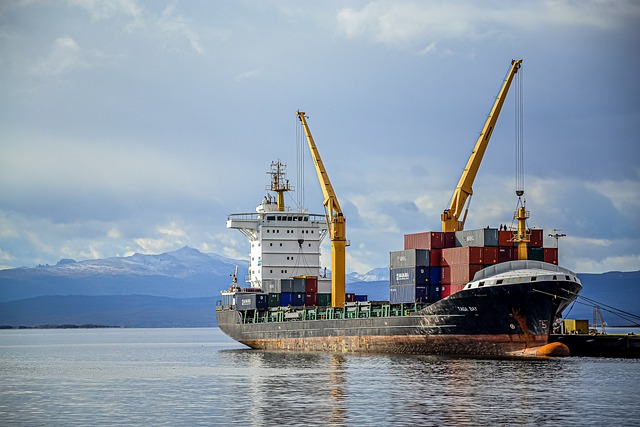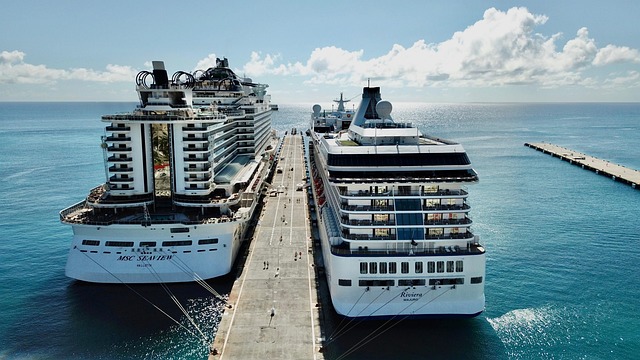Shipping a vehicle across the country is influenced by distance, route complexity, vehicle size and type, origin/destination locations, and pre-shipping condition. Longer routes, challenging terrains, and tolls drive up costs, with faster routes potentially increasing fees significantly. Larger vehicles like trucks and SUVs incur higher shipping fees due to weight and specialized carrier needs, while smaller cars may be more economical. Specialized care is required for classic or antique cars, further impacting pricing alongside the use of specialized machinery for recreational vehicles.
Shipping a vehicle across the country can be a complex process, with costs varying widely based on several factors. Understanding these key influences is essential for budgeting accurately and securing the best deals. This article breaks down the cost drivers, provides a step-by-step guide to calculating expenses, offers tips for lowering your shipment bill, and covers crucial aspects like distance, vehicle type, origin, and destination.
- Understanding the Key Factors Influencing Vehicle Shipping Costs
- – Distance and Route
- – Vehicle Type and Size
Understanding the Key Factors Influencing Vehicle Shipping Costs

When it comes to shipping a vehicle across the country, several key factors significantly influence the overall cost. First and foremost, the distance traveled plays a pivotal role; longer routes naturally incur higher expenses due to increased fuel consumption and potential overnights. The type of vehicle is another critical consideration; larger or heavier cars, trucks, or SUVs will generally cost more to transport than smaller sedans or coupes.
Additional factors like the origin and destination locations can also affect pricing. Urban areas with dense traffic might have higher shipping rates due to reduced efficiency, while remote or rural locations could offer slight discounts because of lower fuel costs and fewer stops. Furthermore, the condition of the vehicle before shipping—whether it’s brand new, used, or damaged—will directly impact the shipping cost. These factors collectively determine the complexity of the shipping process and, consequently, the final price.
– Distance and Route

When shipping a vehicle across the country, distance and route are key determinants of the overall cost. The longer the distance traveled, the more fuel is required, leading to increased shipping expenses. Additionally, certain routes may involve challenging terrains or tolls, which can significantly add to the cost. For instance, transporting a vehicle from a coastal city to a mountainous inland region will likely be pricier due to the varied terrain and potential road closures during certain seasons.
Navigating these factors is crucial for budgeting accurately. Customers often opt for routes with lower toll fees or prefer direct paths to avoid unnecessary detours. However, the choice between speed and cost must be balanced, as a faster route could dramatically increase shipping costs across long distances.
– Vehicle Type and Size

When shipping a vehicle across the country, the type and size play significant roles in determining the cost. Larger vehicles like trucks or SUVs often come with higher shipping fees due to their weight and dimensions. These vehicles require specialized carriers that can accommodate their size, adding to the overall expense. On the other hand, smaller cars might be more economical to ship, as they tend to have lower rates per pound, but the final cost still depends on factors like distance traveled and chosen shipping method.
Different vehicle types demand various levels of care and handling, impacting the shipping price. For instance, classic or antique cars necessitate more meticulous transportation due to their historical value and fragility, which can significantly drive up costs. In contrast, regular passenger vehicles might have standard shipping rates, while specialized machinery for transporting recreational vehicles like motorhomes could further influence the overall price of ship vehicle across country.
When it comes to shipping a vehicle across the country, understanding the key factors that influence cost is essential. Distance and route play a significant role, with longer journeys and more remote locations typically incurring higher fees. Additionally, the type and size of the vehicle are crucial considerations, as larger or specialized cars may require specialized handling and transport methods, driving up expenses. By factoring in these variables, individuals can secure more accurate quotes and make informed decisions when planning to ship their vehicles over long distances.
